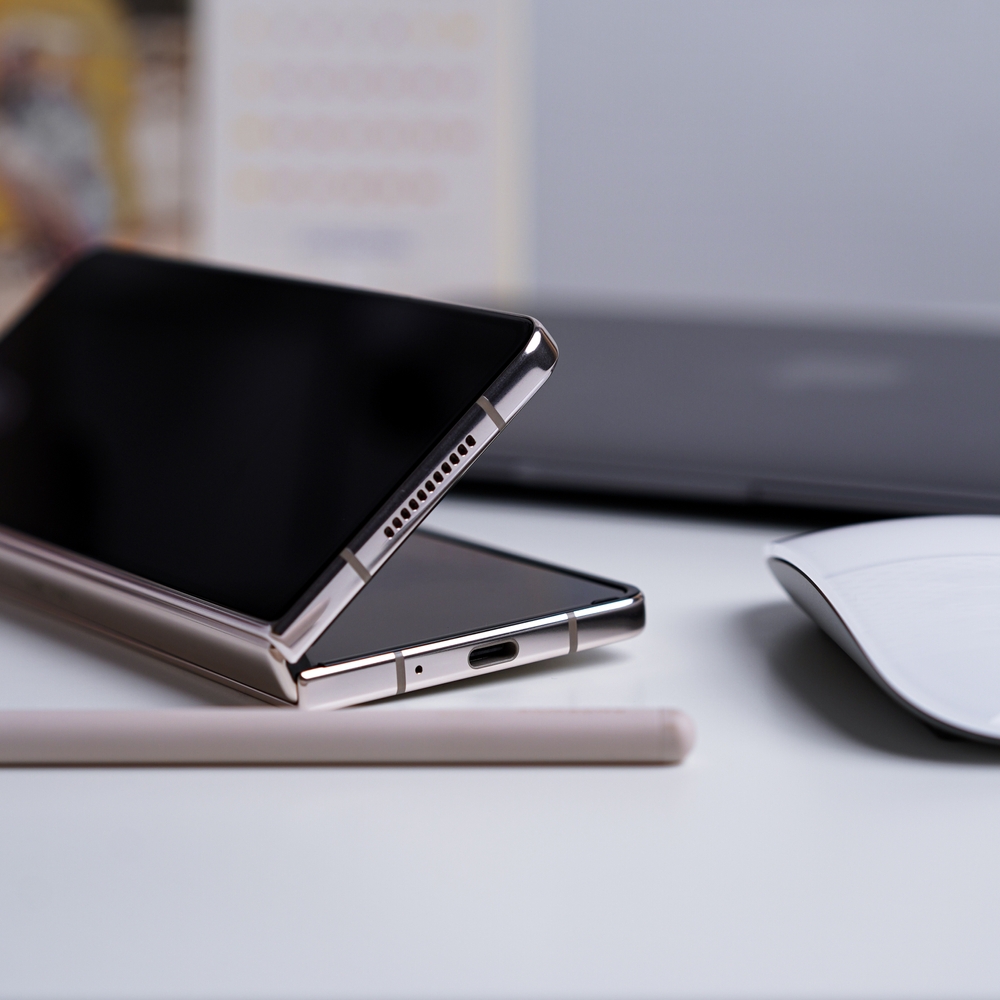The Dawn of Flexible Electronics: Unfolding the Future
The world of technology is constantly evolving, and the next big thing on the horizon might just be flexible electronics. Known for their ability to bend, twist, and stretch without damage, these devices are set to reshape our tech landscape. Let's delve into their fascinating history, current advancements, and future potential.

A Brief History of Flexibility in Electronics
The concept of flexible electronics dates back to the 1960s when researchers were exploring the potential of organic materials for use in electronic devices. However, it wasn’t until the advent of modern manufacturing techniques in the late 1990s that the idea began to take a more concrete form. The early 2000s saw the development of the first flexible OLED displays, marking a significant milestone in the field. These early versions were small and had limited functionality, but they laid the groundwork for the sophisticated devices we see today.
The Current State of Flexible Electronics
Today, flexible electronics are used in a wide range of applications, from wearable devices to flexible displays. For instance, the Samsung Galaxy Fold and Huawei Mate X are examples of smartphones that utilize flexible display technology, a feat considered impossible just a few years ago.
In the healthcare sector, flexible electronics are being used to create wearable sensors for monitoring vital signs, offering a more comfortable and convenient alternative to traditional medical equipment.
The Market Impact of Bendable Tech
Flexible electronics are projected to make a big splash in the market. According to a report by IDTechEx, the global market for flexible electronics is expected to reach $77.3 billion by 2029. The growth is driven by the demand for more portable and versatile devices, as well as the ongoing miniaturization of electronics.
The Future of Flexibility
The future looks bright for flexible electronics. Researchers are currently working on developing flexible batteries and other components, which would allow for the creation of entirely flexible devices.
Moreover, the advent of more durable and resilient materials could lead to electronics that not only bend and twist but also self-heal from damage. Imagine a smartphone that can repair its own screen, or a wearable device that can withstand all kinds of physical stress without breaking.
A Bendable Future
As the boundaries of technology continue to stretch, flexible electronics are poised to play a critical role in shaping our future. From smartphones that fold into your pocket to wearable devices that monitor your health, the potential applications are truly exciting. As we move forward, it will be interesting to see how this technology unfolds and reshapes our digital landscape.





